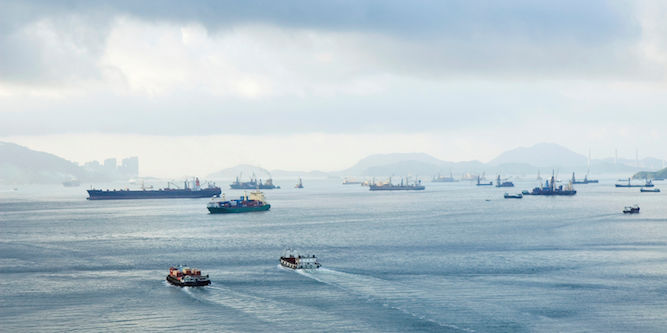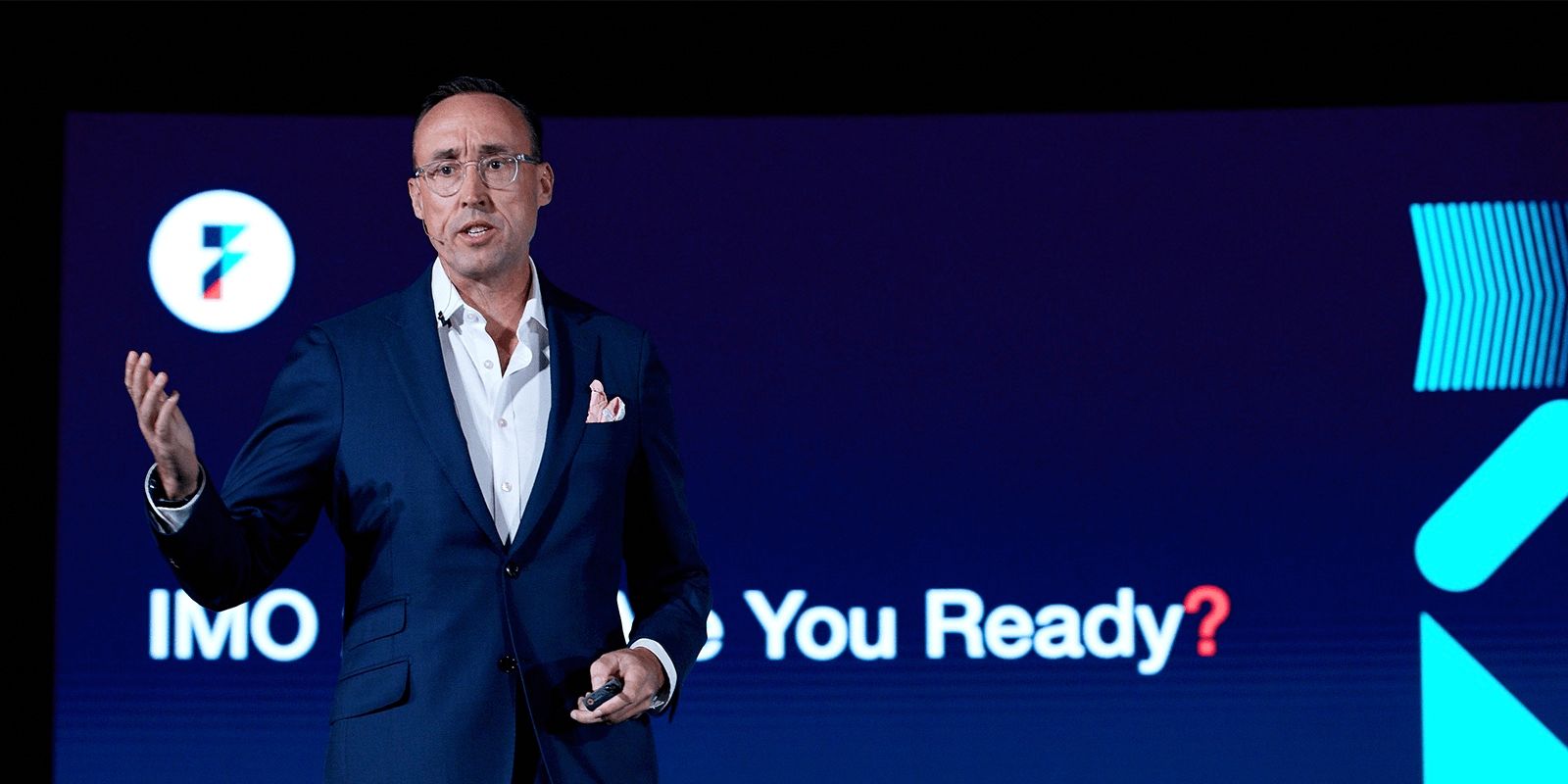
February 20, 2016
A Game Theory Analysis of Ocean Carrier Competition
A Game Theory Analysis of Ocean Carrier Competition
February 20, 2016
Regulators and shippers have long suspected ocean carriers of fixing freight prices. Earlier this month, the European Commission announced a settlement to resolve these allegations. Without admitting to wrongdoing, Maersk, MSC, CMA CGM, and 12 of the other largest ocean carriers have resolved to communicate price changes more transparently to customers.
The announcement on collusion between ocean carriers comes at an odd moment: Ocean freight prices have never been lower. Times have clearly changed since European regulators started investigating the industry in 2011. Nonetheless, one could look at the structure of the market to see evidence of collusion. Here’s my best attempt to explain what’s going on.
Container shipping is a scale game: The carrier with the largest capacity enjoys the lowest average cost because it gets to share fixed costs across more and larger vessels. Since smaller container lines know that their larger rivals can afford to set their prices lower than they can, they know not to undercut bigger players on price. Instead, the smaller player waits until the bigger players set the price and follow its lead.
Game Theory Dynamics Between Ocean Carriers
The container shipping market has an interesting characteristic: Players announces price changes for all to know before they take effect. These price announcements are known as general rate increases (GRIs). In principle, these announcements are meant for customers. In practice, these GRIs may be used to signal intentions to competitors. By studying the GRIs of other companies, and understanding their relative scale on each trade lane, a carrier can determine how it should price its service to avoid triggering a price war.
At the same time, the luxury of setting prices gives the bigger carrier two choices: Enjoy outsized profits with high prices; or play hardball by investing in more assets to drive prices low and force weaker competitors out of business. The market leaders, Maersk, MSC, and CMA CGM, have played this game well by investing outsized profits for long-term, low-cost positions.
This game of following the price leader is a form of tacit collusion because it does not require any malfeasance or backroom dealing. Nonetheless, it results in firms reaping profits at the expense of shippers. Known as a “price umbrella,” firms can follow the pricing signals of their rivals to settle on a higher price than a competitive market would allow. Freight forwarders in general welcome regulating GRIs because the announcements are opaque and don’t cover all charges. However, regulating the form of the GRI might not be enough to prevent the tacit collusion made possible by the price umbrella.
Here’s a matrix to illustrate the dynamics that carriers face:
Carrier B High Price
Carrier B Low Price
Carrier A High Price
Tacit Collusion
Carrier A tries to match prices with Carrier B
Carrier A Low Price
Carrier B tries to match prices with Carrier A
Price War
(The point here is that carriers will most likely end up in either the top left quadrant, “Tacit Collusion,” or the bottom right quadrant, “Price War.” When players defect from the equilibrium, they’ll coordinate on either of these quadrants.)
As it turns out, the government may not have needed to impose additional regulations to induce competition after all. In the course of the investigation, the carriers reinvested their boom time profits in vast new fleets of megaships. Instead of lining the pockets of their shareholders, they made the industry more efficient. Now those investments have brought about global overcapacity, and with it, a price war. As international trade has grown more slowly, carriers are searching for additional demand to fill their larger-than-ever fleets. As a result, container freight rates are down to near marginal cost, meaning that carriers are now making almost no profit on the services they provide.
Not every carrier has reinvested profits to reduce long-term cost positions. The weaker players have been forced to consolidate. There has been less and less competition as companies cut overhead and share fixed costs across larger networks. China Shipping has merged with COSCO to create the world’s largest container line. APL was absorbed into the French giant CMA-CGM. This trend will continue if demand does not recover and if the regulators continue to approve these mega-mergers.
That’s how the dynamics of the market work. Spare a thought for the regulators: They have a delicate balancing act to make. They can push ocean carriers to reinvest and compete; but if they push too hard, then the weaker players may collapse, which means that there will be less competition overall. It seems that they went too far in the latter direction. Their next battle will be to ensure that enough firms remain in the industry to prevent the formation of cartels.
About the Author
February 20, 2016




